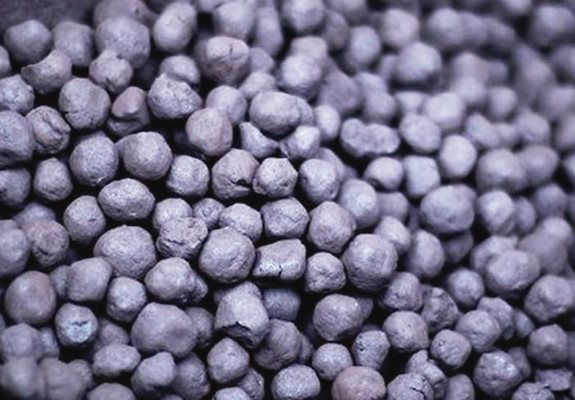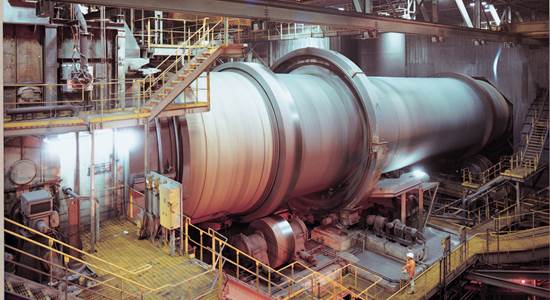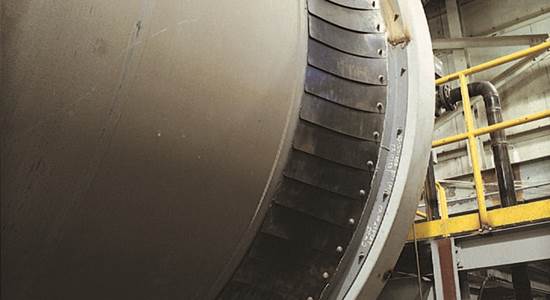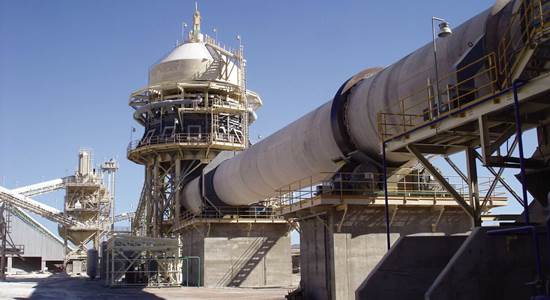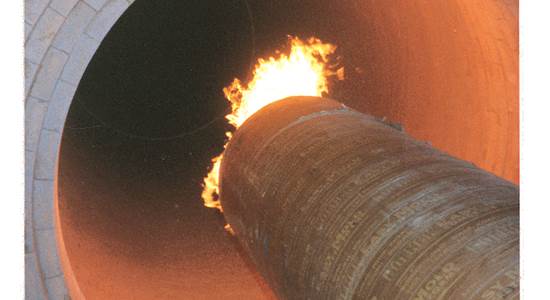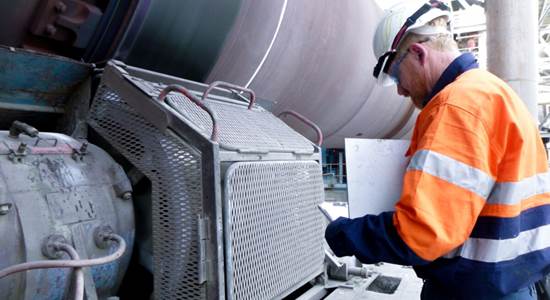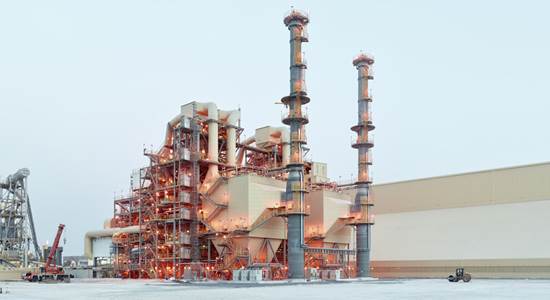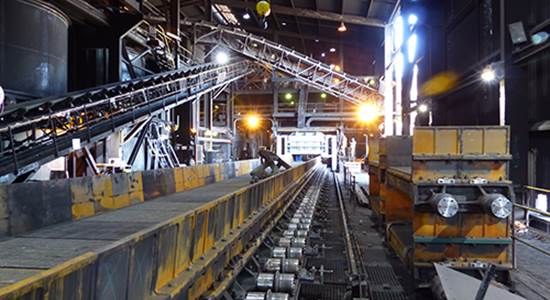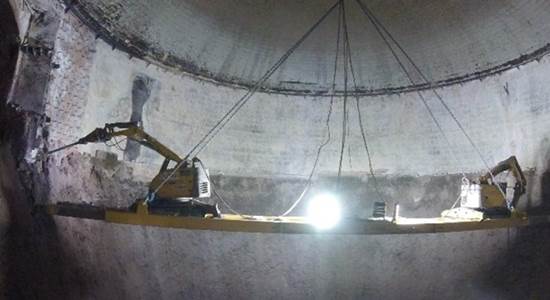For both processes the plants consist of many pieces of equipment. The major areas or processes in the plant are mixing, balling, indurating and product handling.
Mixing is where the properly ground ore is combined with binding agents like Bentonite or organic binders, fluxing agents like limestone or dolomite, and if the ore is a Hematite with coke or anthracite coal as an internal fuel. The mixing is done usually in vertical or horizontal high intensity mixers to achieve a homogenous blend of ore and additives.
From mixing the filter cake is sent to the balling area where the ore is agglomerated on balling discs or balling drums into green(or unfired) pellets. Both drums and discs ball the ore to about 9-16mm size. Drums typically have very high recycle rates so have a screening circuit to screen out undersize and oversize pieces to be put back through the drum. Discs usually do not have a separate screening circuit at the disc.
Green pellets are then transported to the induration process. Pellets that are oversized or undersized and any fines generated during the balling or transporting process are screened right before entering the induration machine and sent back to the mixer or the balling area. The on-size pellets are then fed to the induration machine. Both straight grates and grate kilns dry the pellets out in a drying section, then bring the pellets up to a temperature of about 800-900 °C in a preheat zone, then finish the induration process at roughly 1200-1350 °C. The pellets are then cooled to a suitable temperature for transporting to a load out facility. Both processes recycle the heat from the pellet back through the process to aid in energy efficiency and decrease fuel usage
